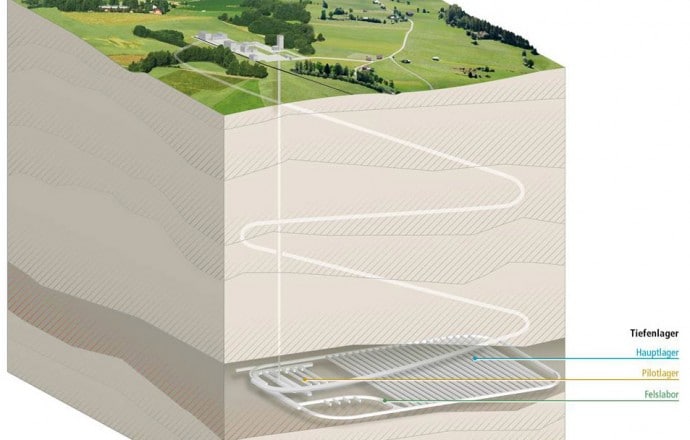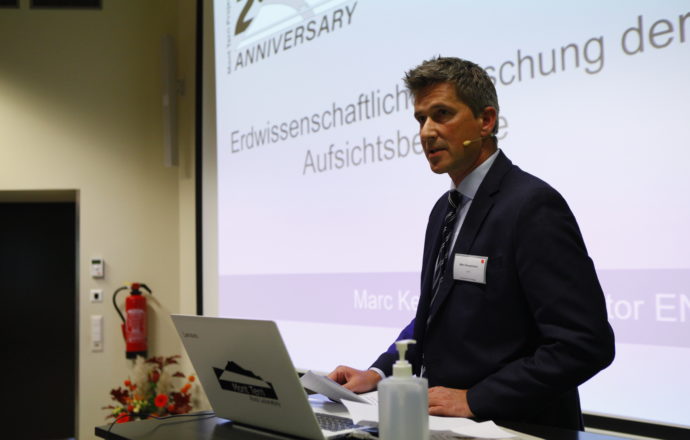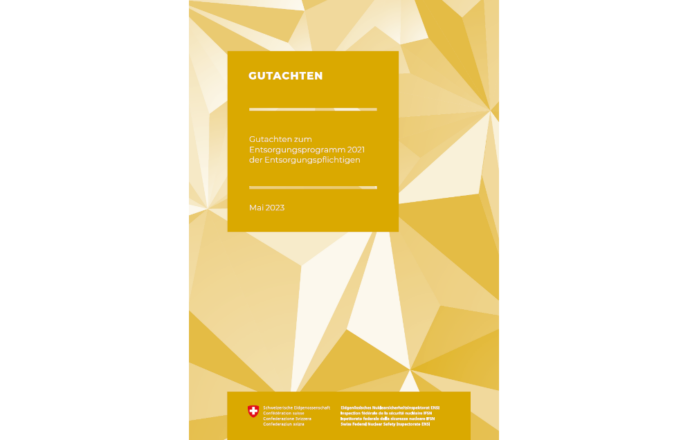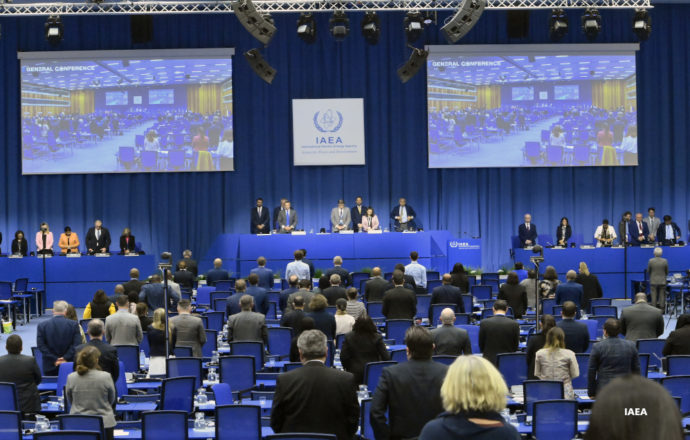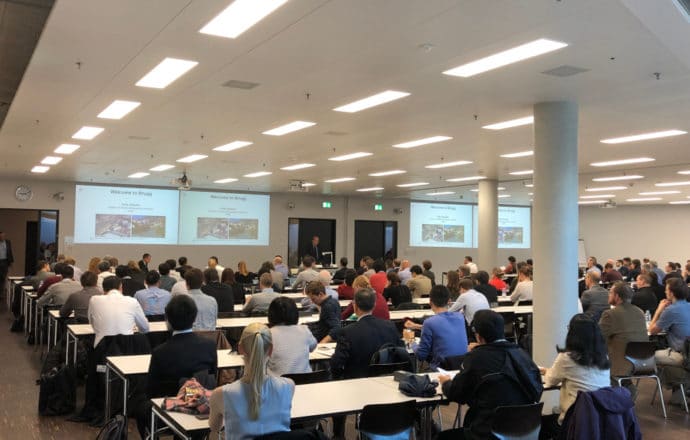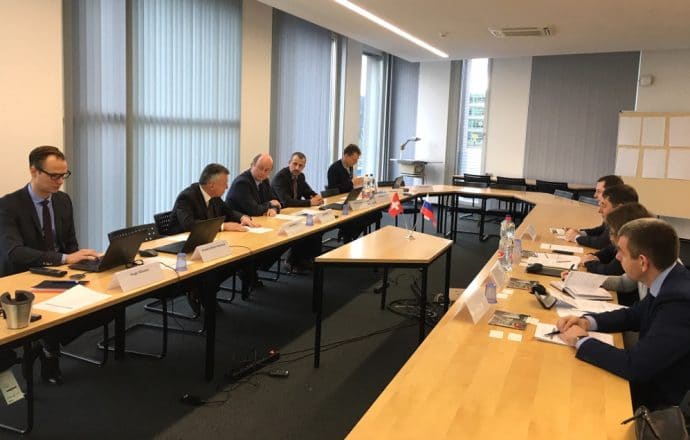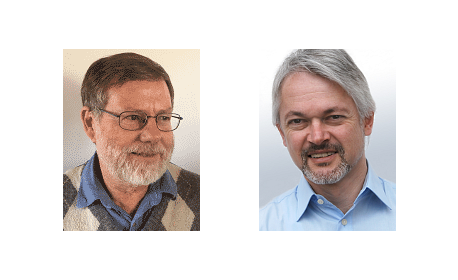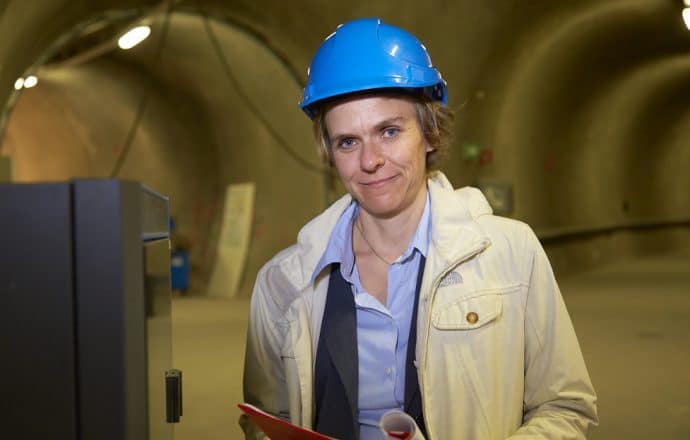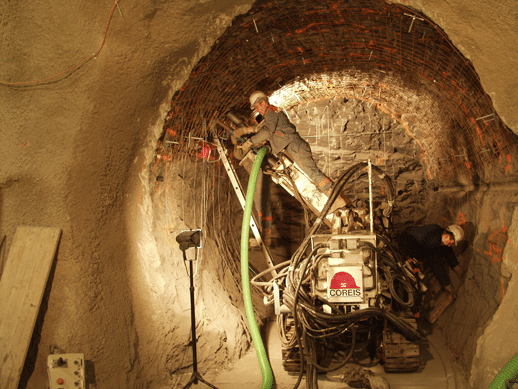The concept of final storage in deep geological formations has become established as a means of safe radwaste management in order to ensure lasting protection against radioactive waste for people and for the environment. This method allows the radioactive waste to be kept away from human living environments in the long term – i.e. for many millennia. In Switzerland, the management of all radioactive waste is handled according to the requirements imposed by the authorities; accordingly, the Nuclear Energy Act, NEA (Kernenergiegesetz, KEG) stipulates that this waste should be managed by storing it in deep geological repositories. The Expert Group on Disposal Concepts for Radioactive Waste (EKRA), which was set up in 1999, concludes that storage in deep geological repositories represents the only safe option for long-term storage. Concepts similar to the Swiss waste management concept are also followed in other countries (such the US, France and Finland).
How does a deep geological repository work?
A deep geological repository is a facility in the geological substratum which can be sealed provided that long-term protection for people and the environment is ensured by passive barriers. The processes and material cycles in deep and stable geological formations are extremely slow in human terms: they extend over geological eras, i.e. for millions of years. This means that the radioactive waste can be kept away from the human living environment in the long term.
A deep geological repository comprises multiple technical and natural barriers of different types. These barriers are intended to achieve containment and retention of the waste. They must function passively, i.e. with no need for supervision or maintenance. However, supervision is stipulated for the construction and operation phases, and also for an observation phase (where applicable) after the storage facility is sealed.
A deep geological repository is designed so that most of the stored radioactive waste decays over time into harmless substances within the storage facility. Absolute containment of all waste for all time is not possible, nor is it necessary. The entire storage system, with its technical and natural barriers, must nevertheless guarantee that radionuclides or other harmful substances can only reach the human living environment in quantities that are not harmful. This must be credibly proven on the basis of a safety analysis which, in turn, must take account of all conceivable future impacts on the storage system.
A deep geological repository consists of a rock laboratory, a pilot storage facility and the main storage facility. Before construction starts, a rock laboratory is set up on the site of the future geological repository. Experiments can be carried out directly on the host rock in this laboratory, and the characteristics of the area around the site can be examined. Construction of the other parts of the storage facility (firstly the pilot storage facility and then the main storage facility) does not begin until data have been obtained to confirm compliance with the high safety requirements. Representative waste for the geological repository is stored in the pilot storage facility, where it is monitored for a lengthy period. Key assumptions and parameters on which the storage and barrier concept is based can be verified both in the rock laboratory and in the pilot storage facility. After the pilot storage facility has been backfilled, a start is made on storing the radioactive waste in the main storage facility.
Two repositories for radioactive waste
Two deep geological repositories are being constructed in Switzerland: one for short-lived low- and intermediate-level radioactive waste (L/ILW repository) and another for high-level radioactive waste (HLW repository), in which long-lived intermediate-level radioactive waste is also to be stored. A combined repository is also possible, involving two physically separate storage areas for high-level radioactive waste and for short-lived low- and intermediate-level radioactive waste which use one common facility on the surface.
A long path to the geological repository
One of the important steps towards creating a deep geological repository in Switzerland is the search for suitable sites. This site search is organised on the basis of the “Sectoral Plan for Deep Geological Repositories”, as it is known. But once a suitable siting area has been found, there is still a long way to go before a geological repository is built, radioactive waste is stored in it and, finally, all the access points are completely sealed again. Milestones along this path include various steps in the licensing process which cover construction, operation, the observation phase and the sealing.

